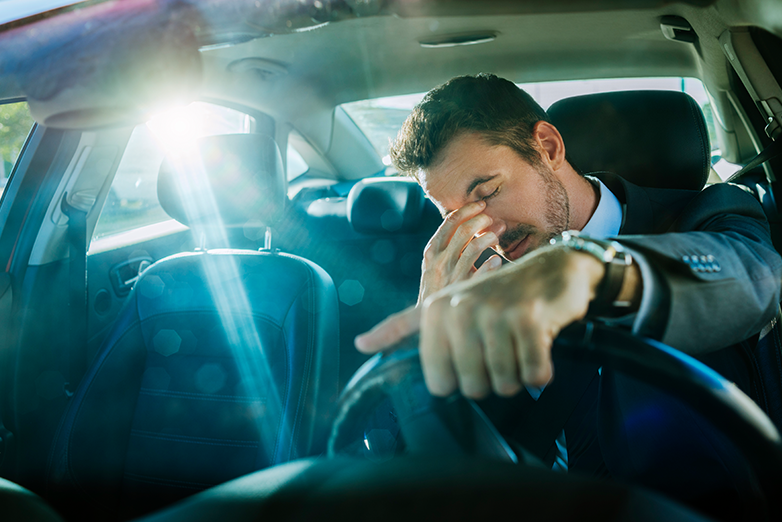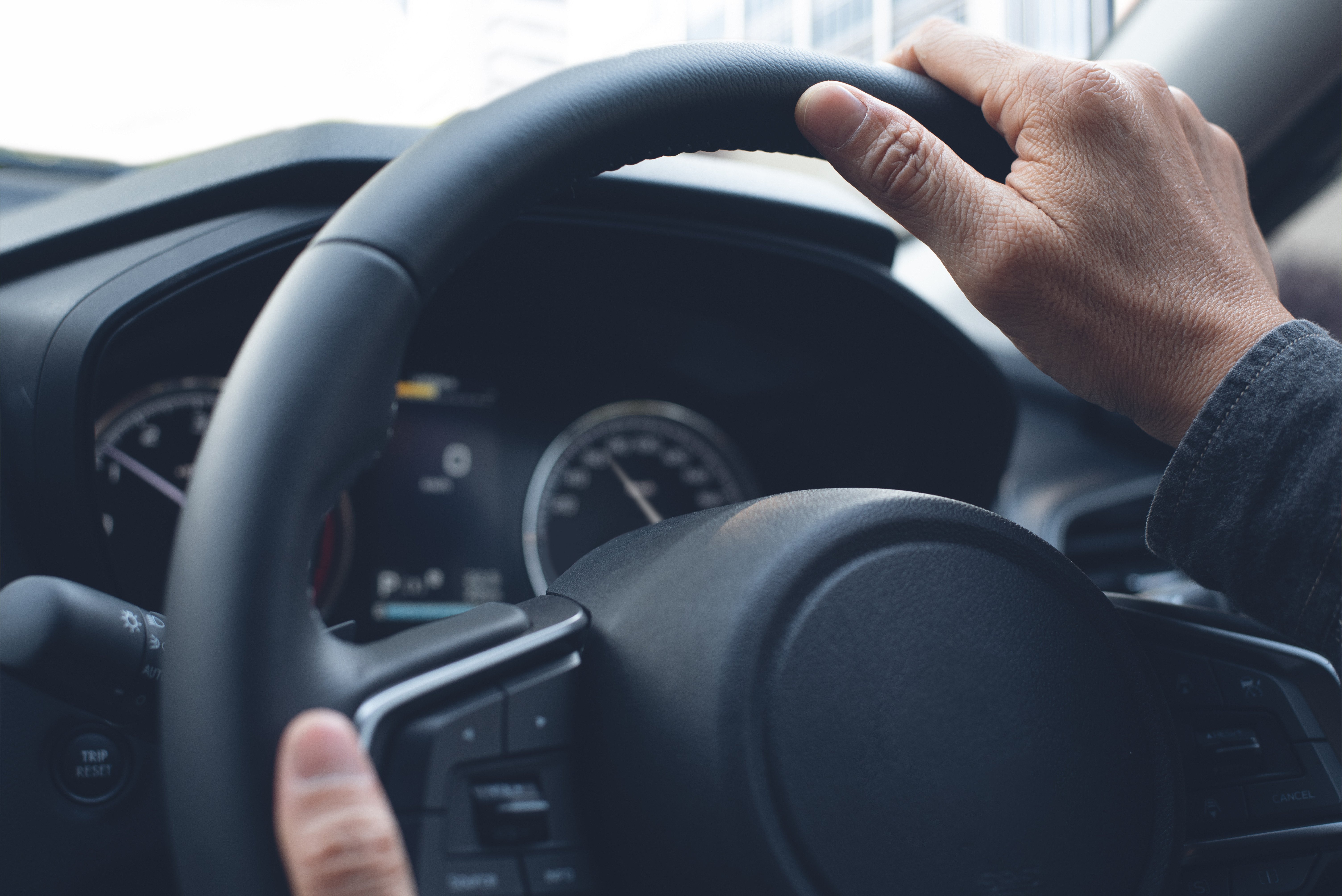
When it comes to sleep in America, we’re just not getting it. And that’s causing some major problems on the road.
According to the AAA Foundation for Traffic Safety, drivers who cut corners when it comes to sleep are four times more likely to have a car crash than those who sleep for seven or more hours a night. AAA’s study found that the number of crashes involving sleepy drivers is an eye-opening eight times higher than federal estimates.
Their research supports previous findings that driving drowsy is as deadly as drinking and driving. The AAA study found that 9.5% of all crashes involved drivers who were drowsy or had not gotten enough sleep the night before, while the federal estimate was just 1 to 2%.
As the most in-depth study on drowsy driving ever conducted in the U.S., researchers used in-vehicle dashcam video from more than 700 crashes to give a more accurate look at the role drowsiness is playing in traffic accidents. They were able to link the amount of time the drivers’ eyes were closed in the three minutes leading up to the crash to the driver’s level of drowsiness.
“As many Americans struggle to balance their busy schedules, missing a few hours of sleep each day can often seem harmless,” says Jake Nelson, director of Traffic Safety Advocacy and Research for AAA. “But missing two to three hours of sleep can more than quadruple your risk for a crash, which is the equivalent of driving drunk.”
Drowsy Driving is a Growing Problem
Tony Douglas, President and CEO of Smith System, says that drowsy driving is one of the biggest threats to safety on the road today. Avoiding drowsiness begins with changing our nighttime habits, he says, and that means more than just turning off the TV an hour earlier. Our tech-centric lifestyle is affecting not just how we function when we’re awake, but it’s also influencing how well we sleep — or don’t.
“People are looking at their [phone] screens right before they go to bed, and that has been proven to screw up your sleep,” Douglas explains, adding that the blue light emitted from a phone inhibits the production of melatonin, which helps us go to sleep.
“The brain takes an hour to go to sleep after just looking at your phone, so that is hurting people to begin with. And that’s given us a whole population of people who are driving around exhausted.”
The results of that exhaustion play out daily in accidents, and Dr. David Yang, executive director of the AAA Foundation for Traffic Safety, says that it not only puts the weary driver in danger, but it’s also a growing hazard for all.
“Drivers who don’t get enough sleep are putting everyone on the road at risk,” he says. And, although 96% of drivers surveyed agreed that drowsy driving poses a serious safety concern and should never be done, nearly 30% of those same drivers admitted that, within the past month, they had driven even when they were so tired that they had trouble keeping their eyes open.
Douglas says that while there are times when drowsiness can’t be avoided, it’s a situation that drivers need to prepare for and learn to adjust their driving to handle — just as they would in the case of foul weather or hazardous road conditions.
“People think nothing of driving the same way when they’re exhausted as they always do,” he says. “It can be as simple as you’ve got a sick kid that you were up all night with, and now you have to go to work. That’s when you have to be 100% engaged with what is going on in your car and around you on the road.”
Knowing the Warning Signs
Paying attention to how you feel is critical to knowing how fit you are to drive. While you may think you’ve adapted to not getting enough sleep, it’s still putting you (and others) at risk if you’re driving while drowsy.
AAA says that warning signs of being too drowsy to drive include:
- Difficulty keeping your eyes open and focused
- Yawning frequently
- Drifting from your lane or tailgating other cars
- Missing signs or turns on your route
- Feeling irritable and restless
- Not remembering how far you have traveled or what exits/landmarks you have passed
If you’re feeling drowsy while driving, the safest thing to do is get off the road; find a safe place to park and get a drink of water, walk around the car (to wake yourself up), and, if necessary, take a nap. AAA reports that a quick nap of 20 to 30 minutes can be extremely effective in helping keep you alert for the rest of your drive.
While taking a break to wake yourself up or get some much-needed rest might delay your arrival, it also just might save your life — or the lives of others.










